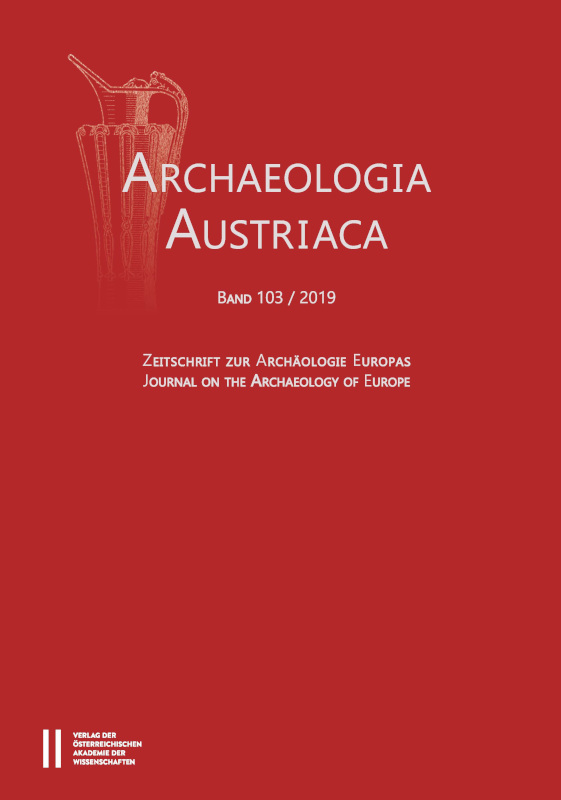
Archaeologia Austriaca 103/2019, pp. 163-174, 2019/12/05
Zeitschrift zur Archäologie Europas
Journal on the Archaeology of Europe

Within the framework of the project ‘BergbauLandschaftWien’ extensive research concerning Neolithic mining activities in the St. Veit Klippen Belt was undertaken between 2016 and 2018 in Vienna and the immediate catchment area. These investigations included surveys, archival research and the recording as well as re-evaluation of old collections, and a small-scale excavation at the Gemeindeberg in Vienna. An especially promising area is the nature reserve known as the ‘Lainzer Tiergarten’, where altogether 15 so-far unknown radiolarite quarrying and workshop areas were detected by the end of 2018. They were identified based on surface finds characteristic for prehistoric quarrying, such as artificial (quarrying) debris, decortification flakes, precores, hammer stones, etc., in combination with the absence of indications for regular settlement activities. Additionally, initial steps towards incorporating the mining landscape into the surrounding settlement and infrastructure were undertaken in order to grasp the socio-economic dimensions of these mining activities. The use of ‘Vienna radiolarite’ is evidenced from the Palaeolithic to the Bronze Age; the heydays of mining however appear to be a Neolithic phenomenon. Our preliminary results indicate that the scale of Neolithic radiolarite mining in Vienna has been dramatically underestimated. We are not dealing with isolated findings as previously assumed, but, on the contrary, with a prehistoric mining landscape of European rank and significant extent, providing unprecedented research potential.
Keywords: Mining, radiolarite, Neolithic, Vienna, Klippen Belt, resource management